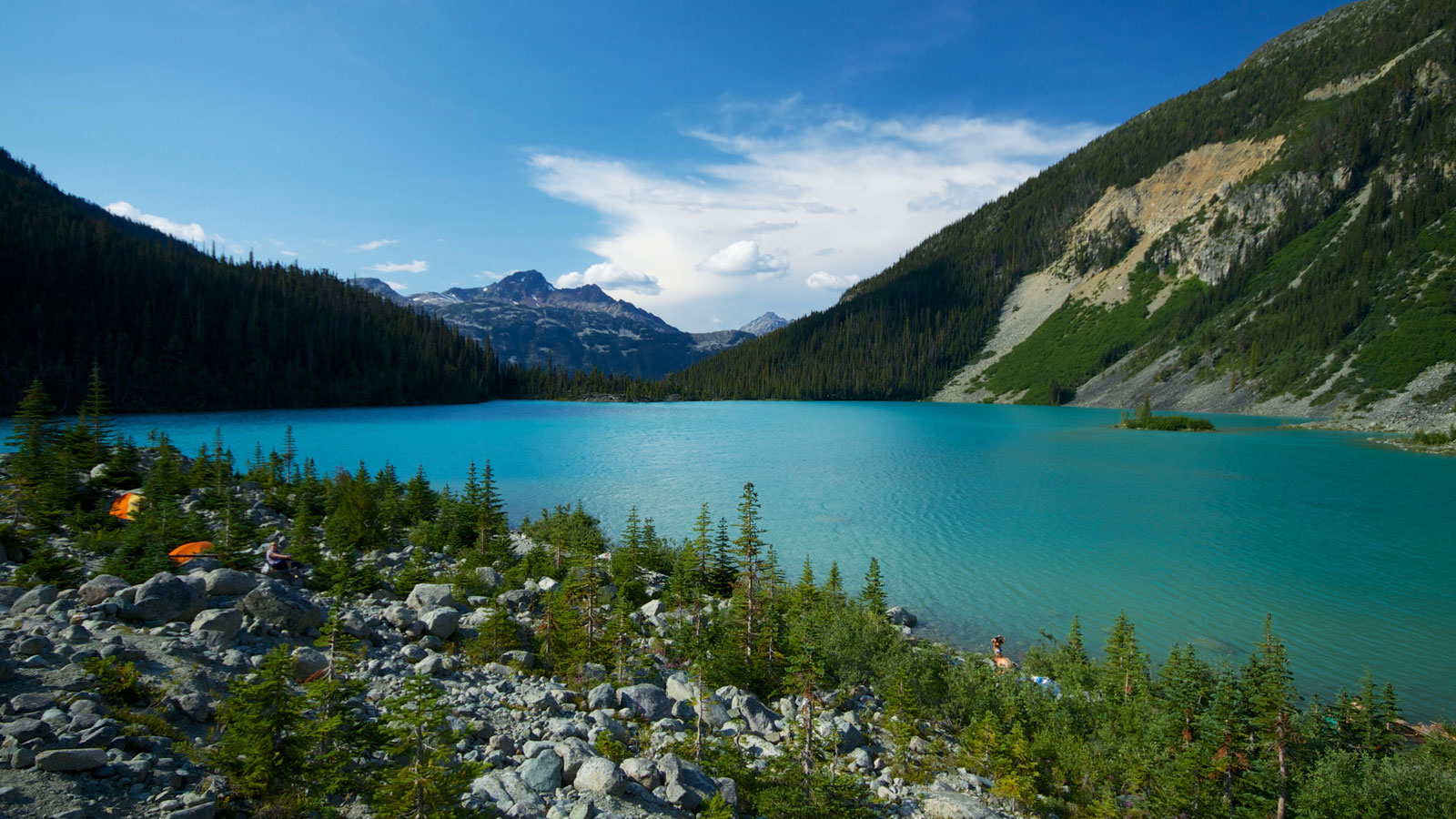Hikers who venture high into the mountains are sometimes rewarded with a view of sparkling turquoise alpine lakes.
These vibrant hues are made possible by glaciers. As glaciers erode, they grind down the rock below them, creating a fine sediment that’s commonly called rock flour.
“So the turquoise-ish appearance of those alpine lakes comes from the eroded rock material that pours into them from melting glaciers,” says Rolf Vinebrooke of the University of Alberta.
Vinebrook studies alpine lakes in Canada. He says as the climate warms and glaciers melt away, the lakes’ source of rock flour disappears.
As a result, many lakes that were turquoise as late as the mid-20th century are now a clear blue.
It’s not just a color change. Without the rock flour, sunlight penetrates deeper into the lake, allowing more algae to grow. It also makes the water warmer.
Scientists are still studying how this phenomenon will change the lakes’ ecosystems. But Vinebrooke says the loss of the lakes’ turquoise color is a powerful visual reminder of the effects of climate change.
“It’s just one other line of evidence suggesting that we’re changing the world at a far too rapid pace,” he says.
Reporting credit: Stephanie Manuzak/ChavoBart Digital Media
Source link


